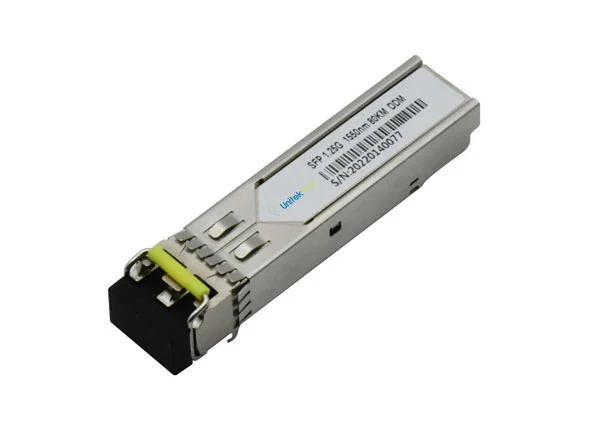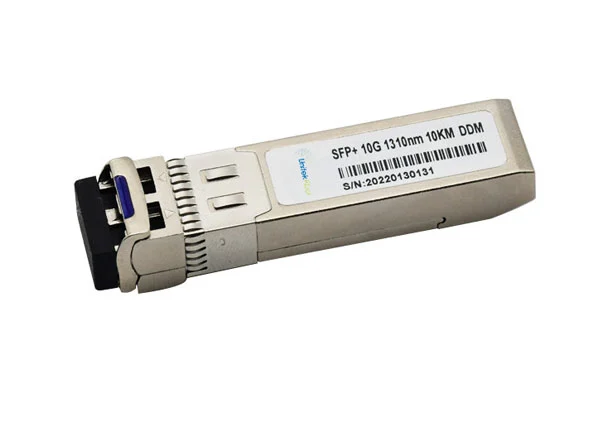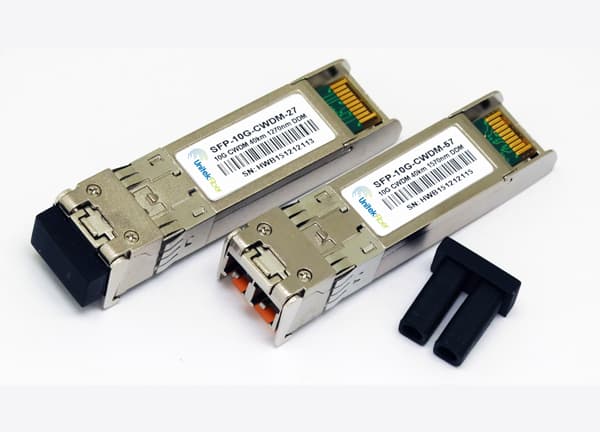
Optical transceiver modules play a crucial role in modern data communication networks, enabling the transmission of data between devices. When considering optical transceiver module for fiber optic networks, one may come across both grey and color optical transceiver module. In this blog post, we will explore the differences between grey and color optical transceiver module to help you understand their distinct characteristics and applications.
Grey optical transceiver, also known as standard SFP optical transceiver that use one or two wavelengths of light to transmit and receive data. They're called "grey" because they're not color-coded and have a uniform appearance. Grey optical transceiver are widely used in various network applications and are compatible with multiple types of optical fibers, including single mode and multimode optical fiber. Examples of grey optical transceiver include those operating at 850nm, 1310nm, or 1550nm wavelengths.
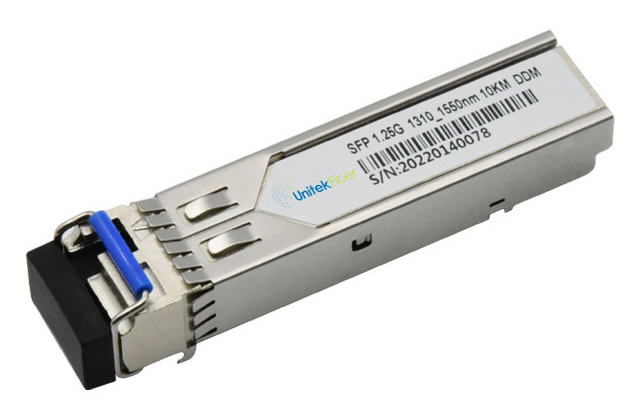
Color optical transceiver are use multiple wavelengths of light for transmitting and receiving data. These optical transceiver are color-coded to indicate the use of multiple wavelengths. The color coding helps identify and distinguish different types of optical transceiver based on the wavelengths they use. Common examples of color optical transceiver include CWDM and DWDM optical transceiver.
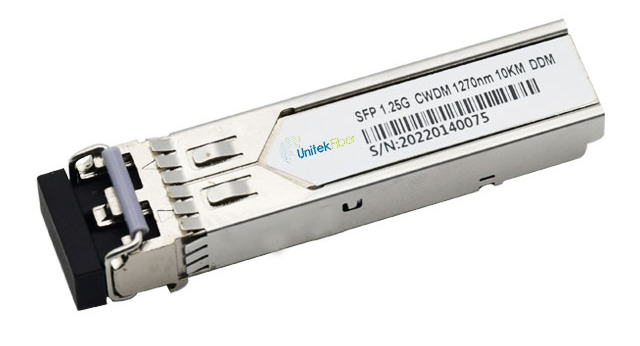
Wavelength:
Grey optical transceiver operate on a single wavelength, such as 850nm, 1310nm, or 1550nm, for data transmission and reception. In contrast, color optical transceiver have the ability to utilize multiple wavelengths, offering a broader range of options within the 1270nm to 1610nm range. This allows color optical transceiver to achieve higher bandwidth capacity by utilizing multiple channels for parallel data transmission.
Bandwidth:
Due to their reliance on a single wavelength, grey optical transceiver have a lower bandwidth capacity compared to color optical transceiver. Color optical transceiver, with their ability to utilize multiple wavelengths and channels, can offer higher bandwidth capacity. This enables them to transmit more data simultaneously and support applications that require greater data throughput.
Distance:
Grey optical transceiver have limitations in terms of distance capabilities, which depend on the type of fiber optic cable used. They may require signal regeneration over longer distances to maintain data integrity. In contrast, color optical transceiver are designed to transmit data over longer distances without the need for frequent signal regeneration. This makes them suitable for applications that require data transmission over extended distances.
Compatibility:
Grey optical transceiver are known for their wide compatibility with various networking equipment. They can be seamlessly integrated into different networking environments, making them a versatile choice. On the other hand, color optical transceiver may require specific equipment or infrastructure to support their multiple wavelengths and channels. This requirement for specialized compatibility could limit their usability in existing networks that are not specifically designed to accommodate them.
Cost:
In terms of cost, grey optical transceiver are generally more affordable compared to color optical transceiver. Grey optical transceiver, with their simpler design and use of a single wavelength, are commonly used in standard networking environments where cost-effectiveness is prioritized. Color optical transceiver, with their advanced capabilities and ability to utilize multiple wavelengths, are typically more expensive. They are often considered a premium option for applications that demand higher performance and specialized features.
The grey and color optical transceiver have distinct characteristics and applications. Grey optical transceiver are cost-effective and widely compatible, making them suitable for standard networking environments. On the other hand, color optical transceiveroffer higher capacity, longer reach, and scalability, making them ideal for network expansion and demanding applications. Understanding the differences between these two types will help network administrators choose the right optical transceiver for their specific requirements, ensuring efficient and reliable data transmission in telecom networks.
UnitekFiber is a reliable fiber optic products supplier specializing in a comprehensive range of optical transceiver for networking and data communication needs. With a wide selection of SFP, SFP+, SFP28, QSFP, QSFP28, QSFP56 and QSFP-DD transceivers available in different wavelengths and modes, we deliver high-quality, compatible solutions for seamless integration into your existing infrastructure. Trust UnitekFiber to deliver reliable and efficient optical transceiver tailored to your specific requirements, enhancing your network performance and connectivity. Contact us at sales@unitekfiber.com for inquiries or more information.

